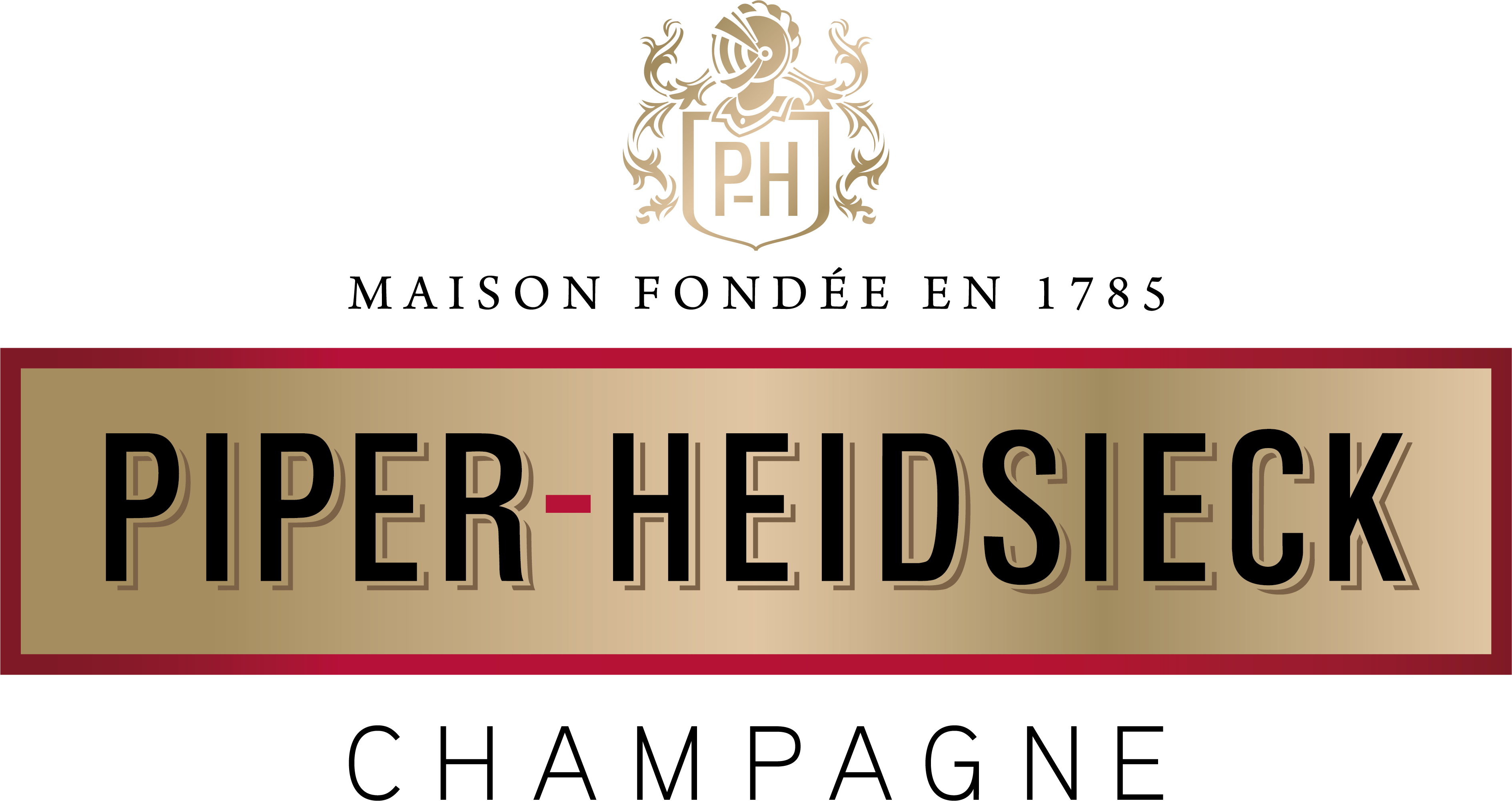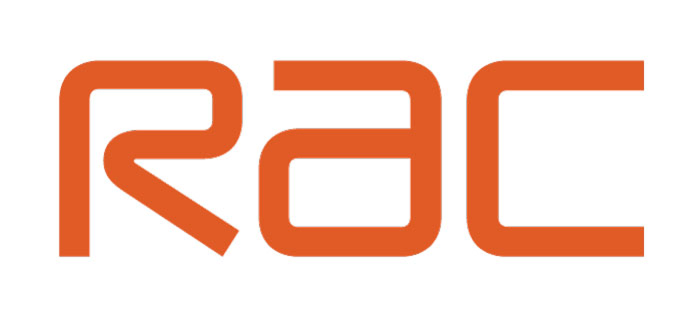History of the Run
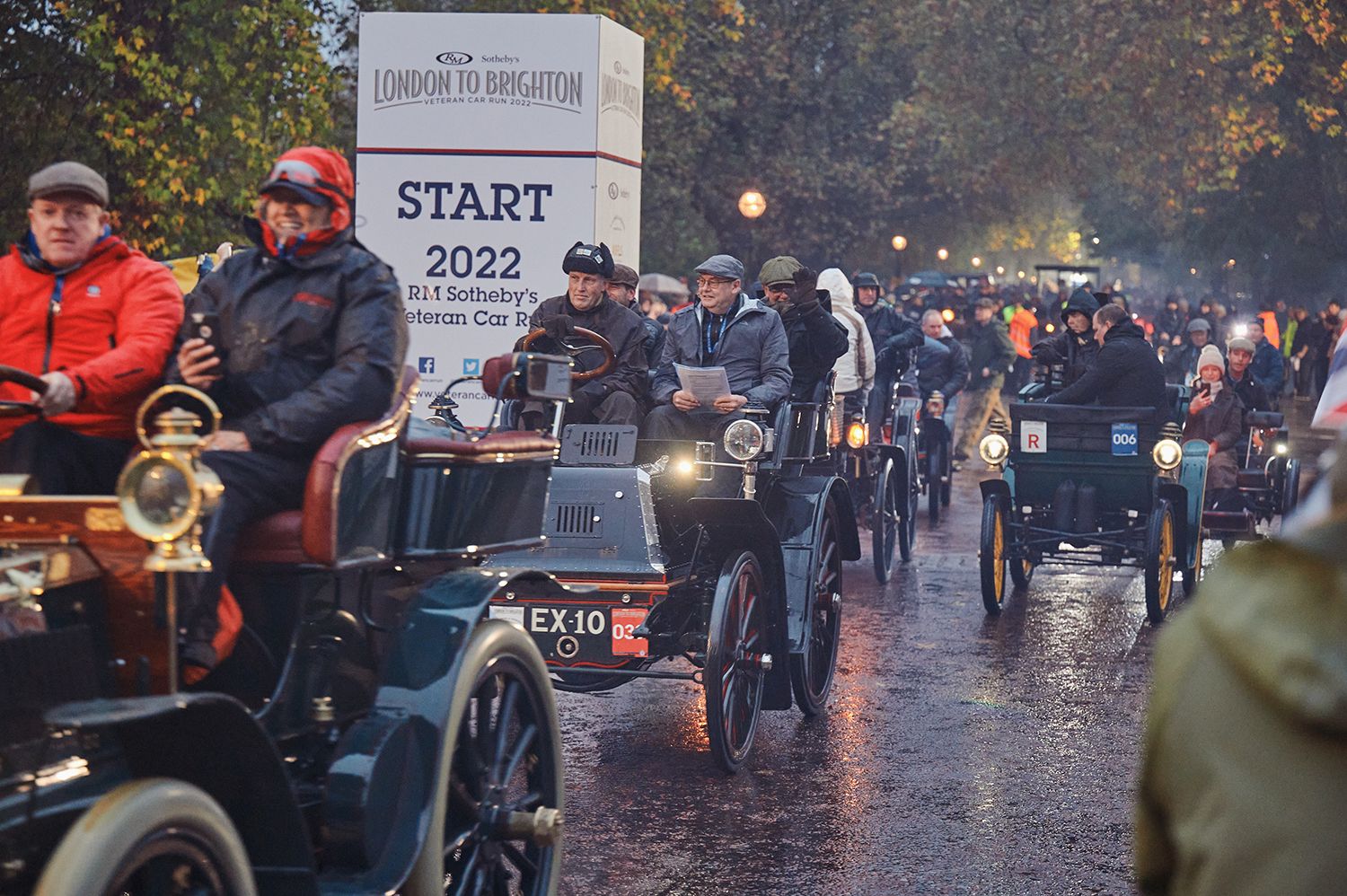
1896
The Red Flag Act of 1865 required a person waving a red flag to walk 60 yards ahead of an oncoming mechanically propelled vehicle, warning of its approach. A new Act of Parliament in 1878 removed the requirement for a red flag to be carried, and reduced the distance ahead of the vehicle that the person needed to walk from 60 yards to 20 yards. On 14 November 1896, the Light Locomotives on the Highway Act completely removed the need for a person to walk ahead of a vehicle and raised the speed limit for 'light locomotives' not exceeding 2 tons from 4 mph to 14 mph. It was the removal of these draconian restrictions which the first motoring club in the UK, The Motor Car Club, founded by Harry Lawson, celebrated by holding The Emancipation Run. In the first legal run for motors in Great Britain, pioneering motorists drove these primitive vehicles 60 miles from London to Brighton - thus demonstrating the practical use of the new Motor Car. The Act created a firm base from which a British motor manufacturing industry could at last be established after lagging the continent where no such restrictions had existed.
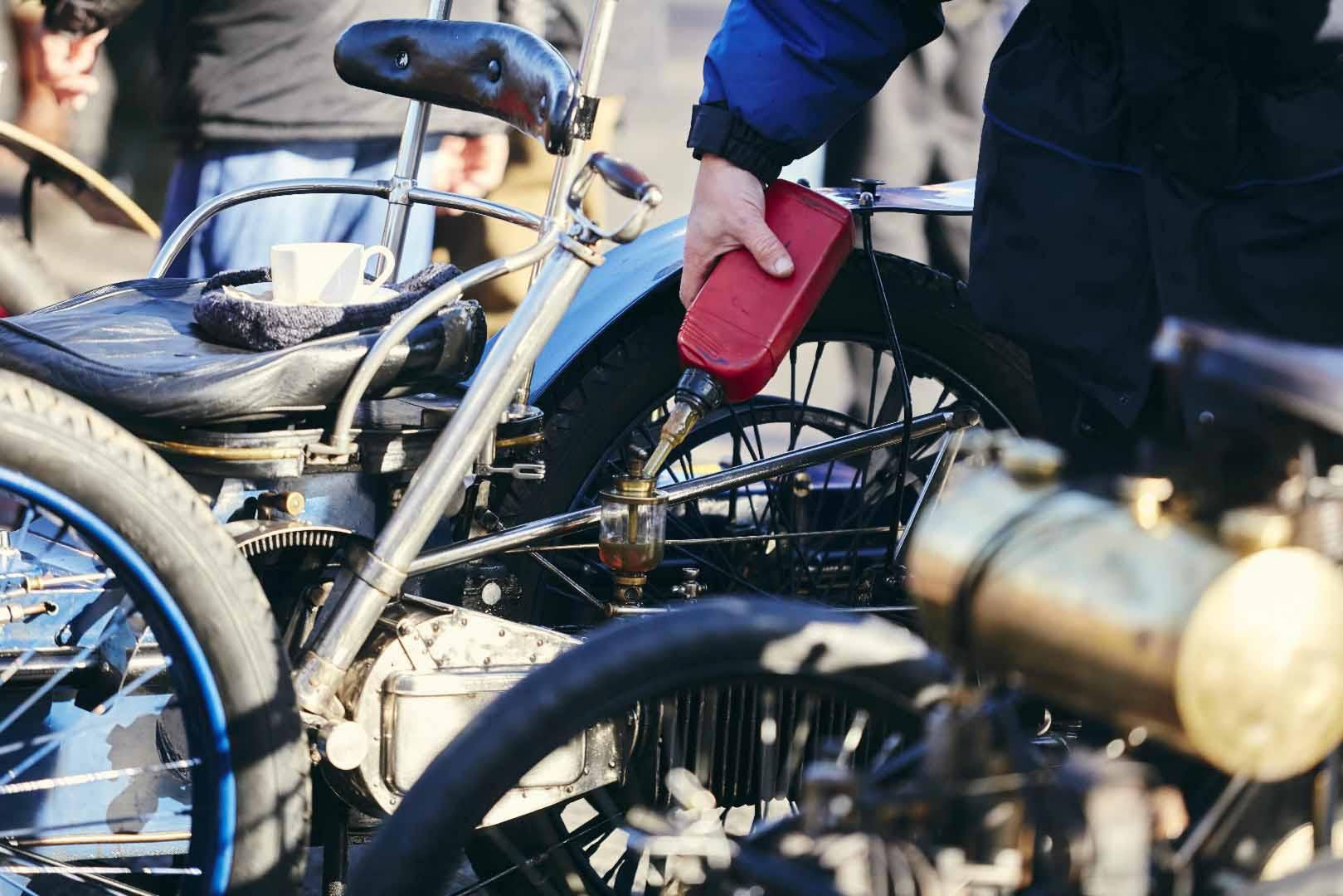
1939-45
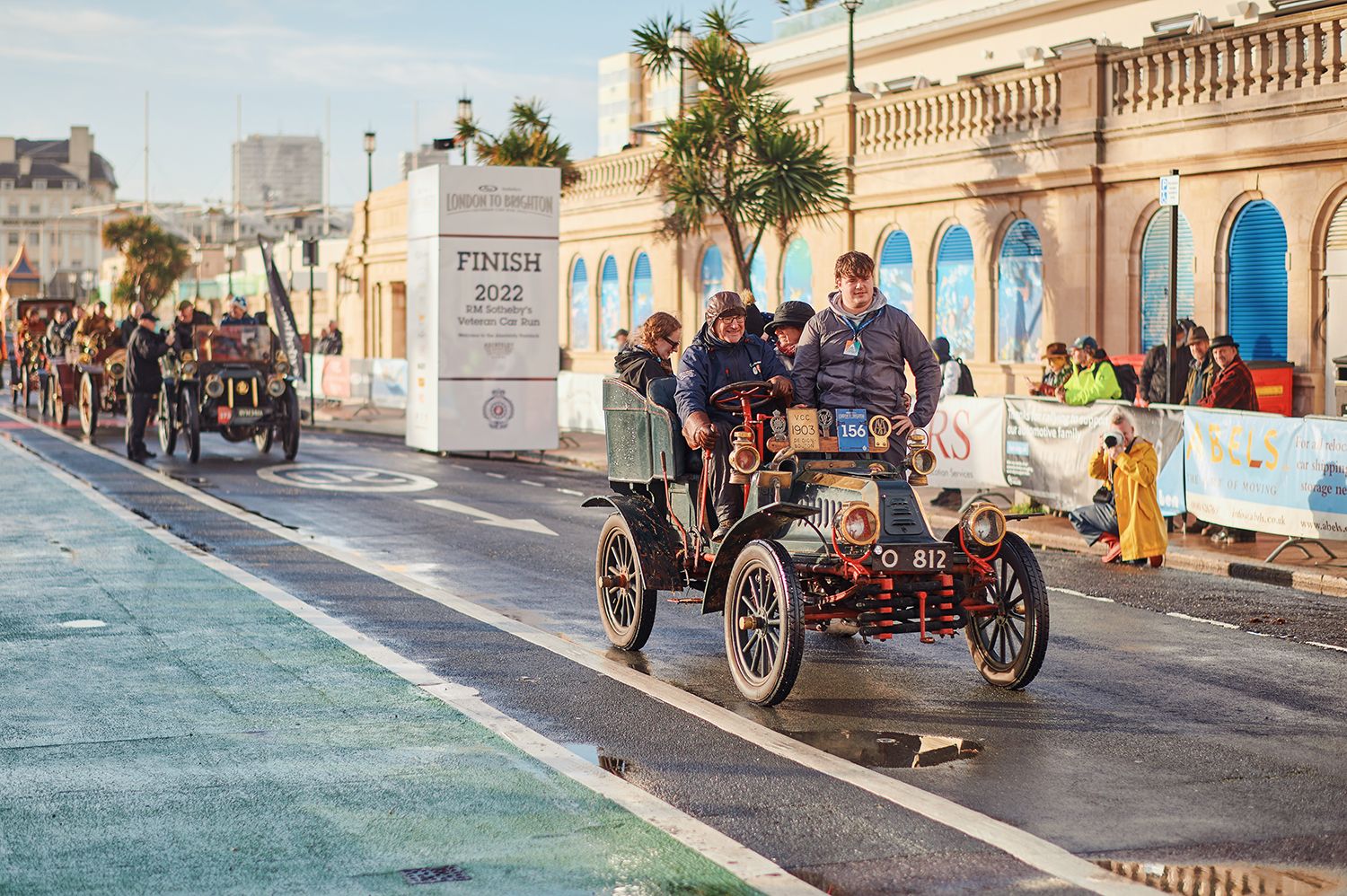
1971
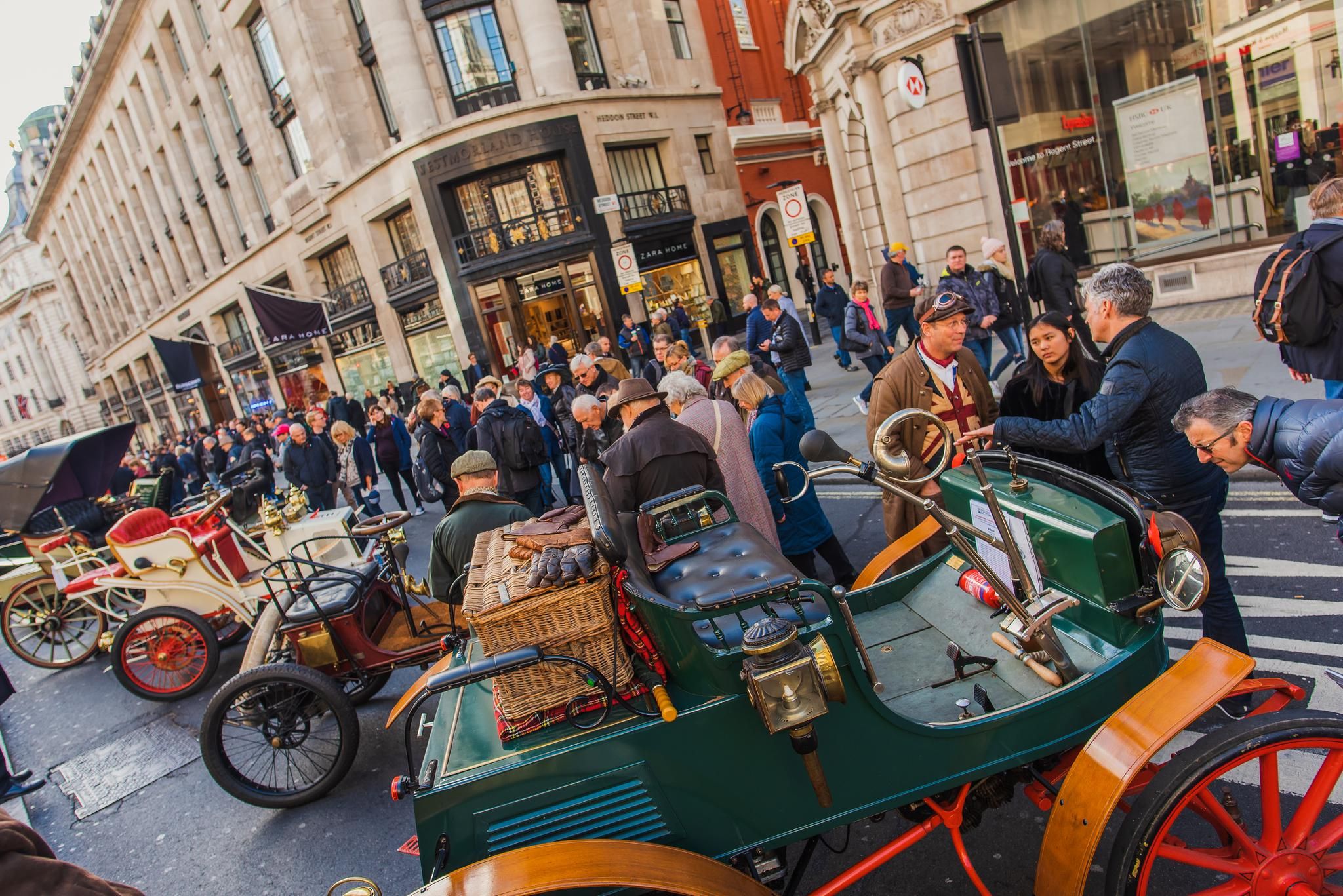
2005
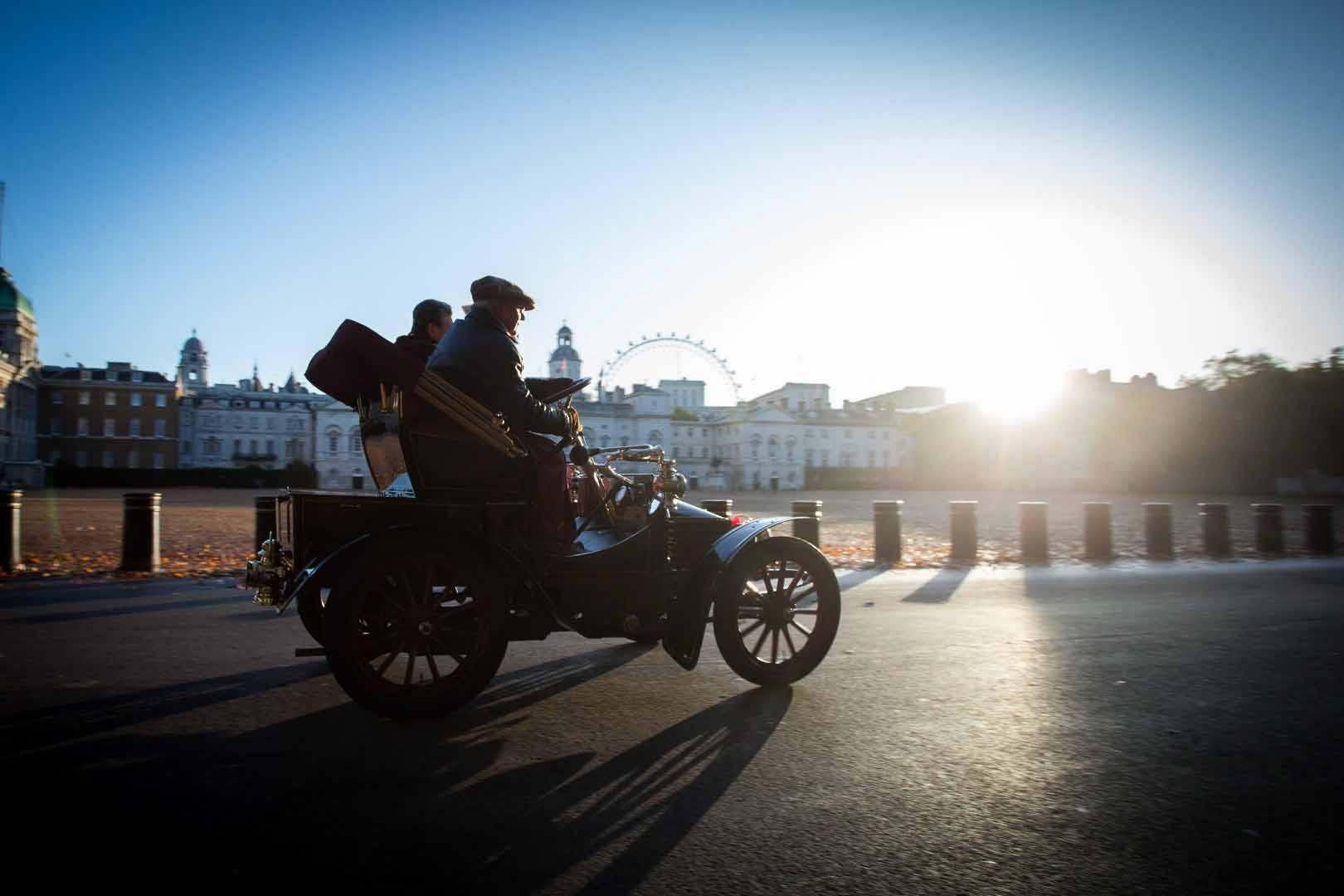
2010
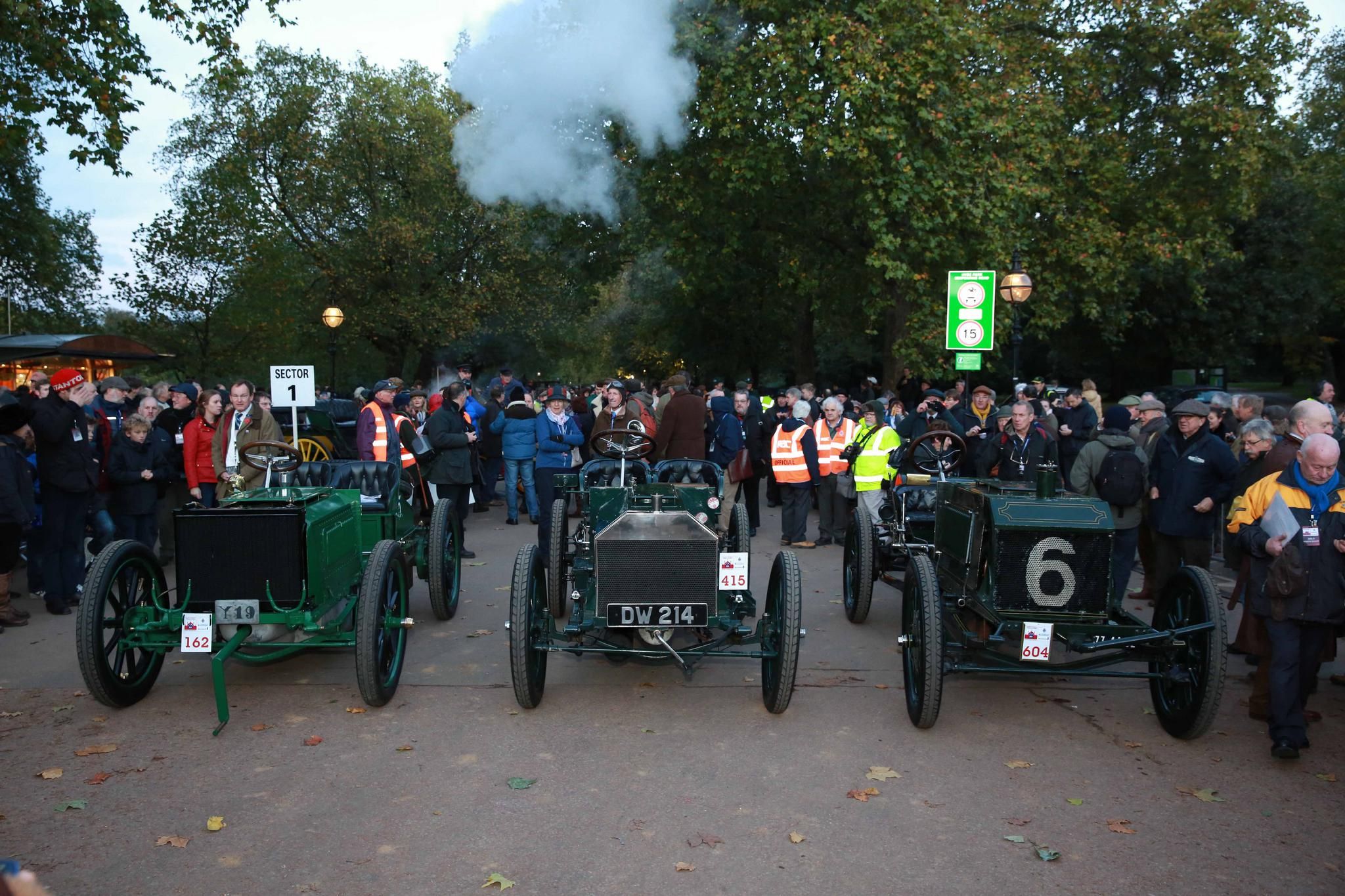
2013
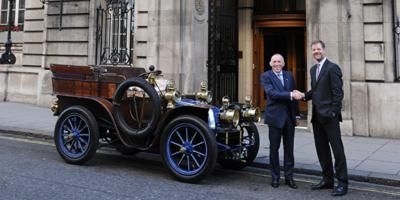
2020
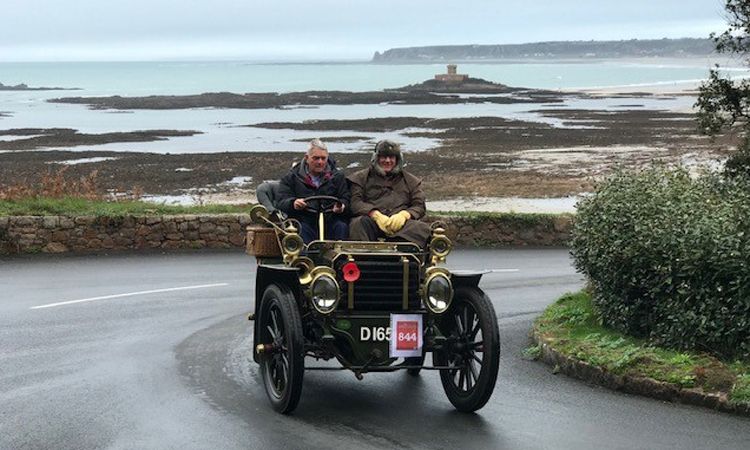
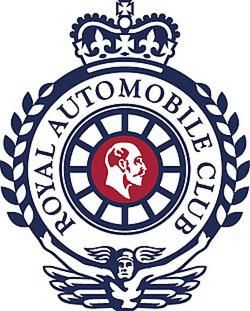


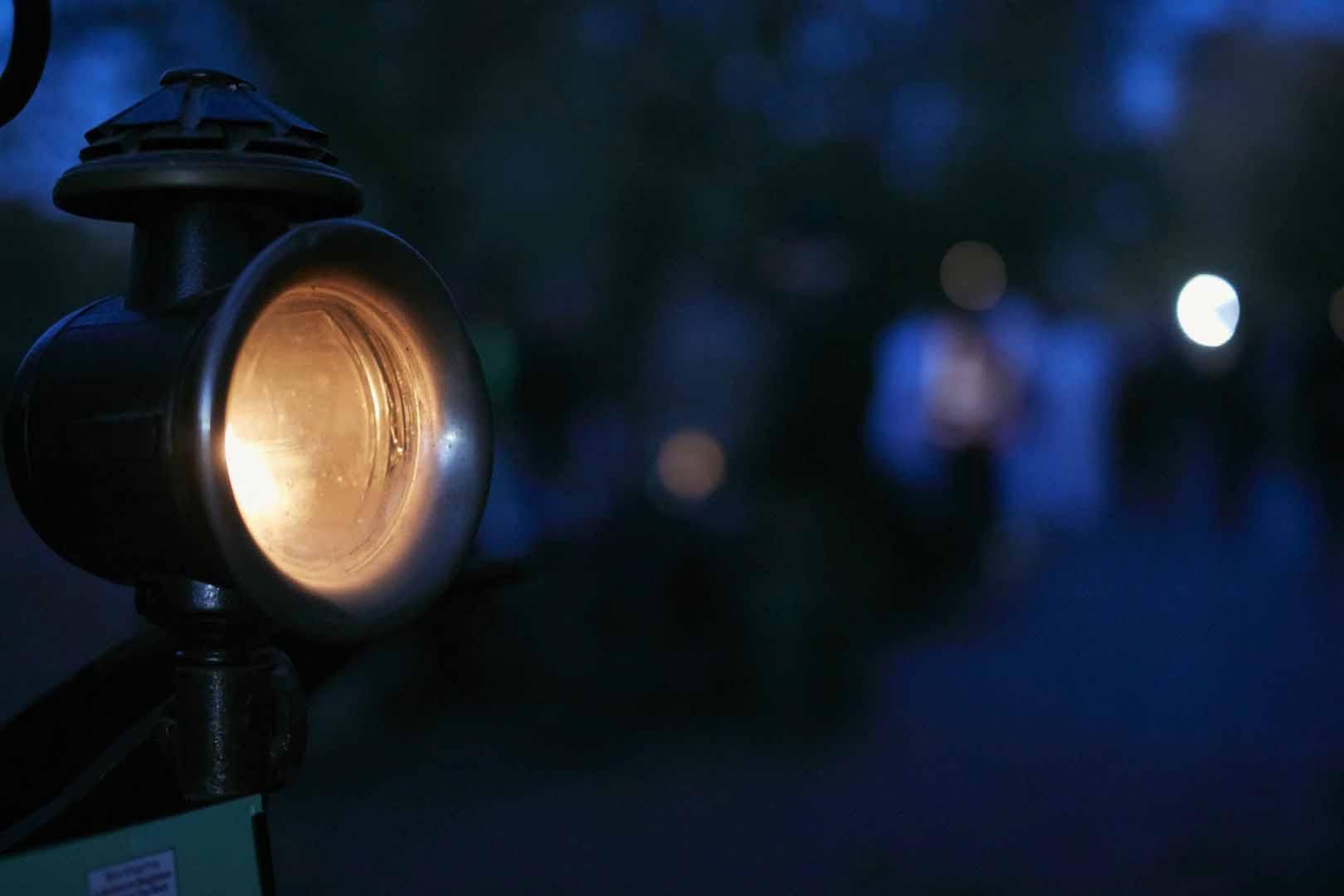
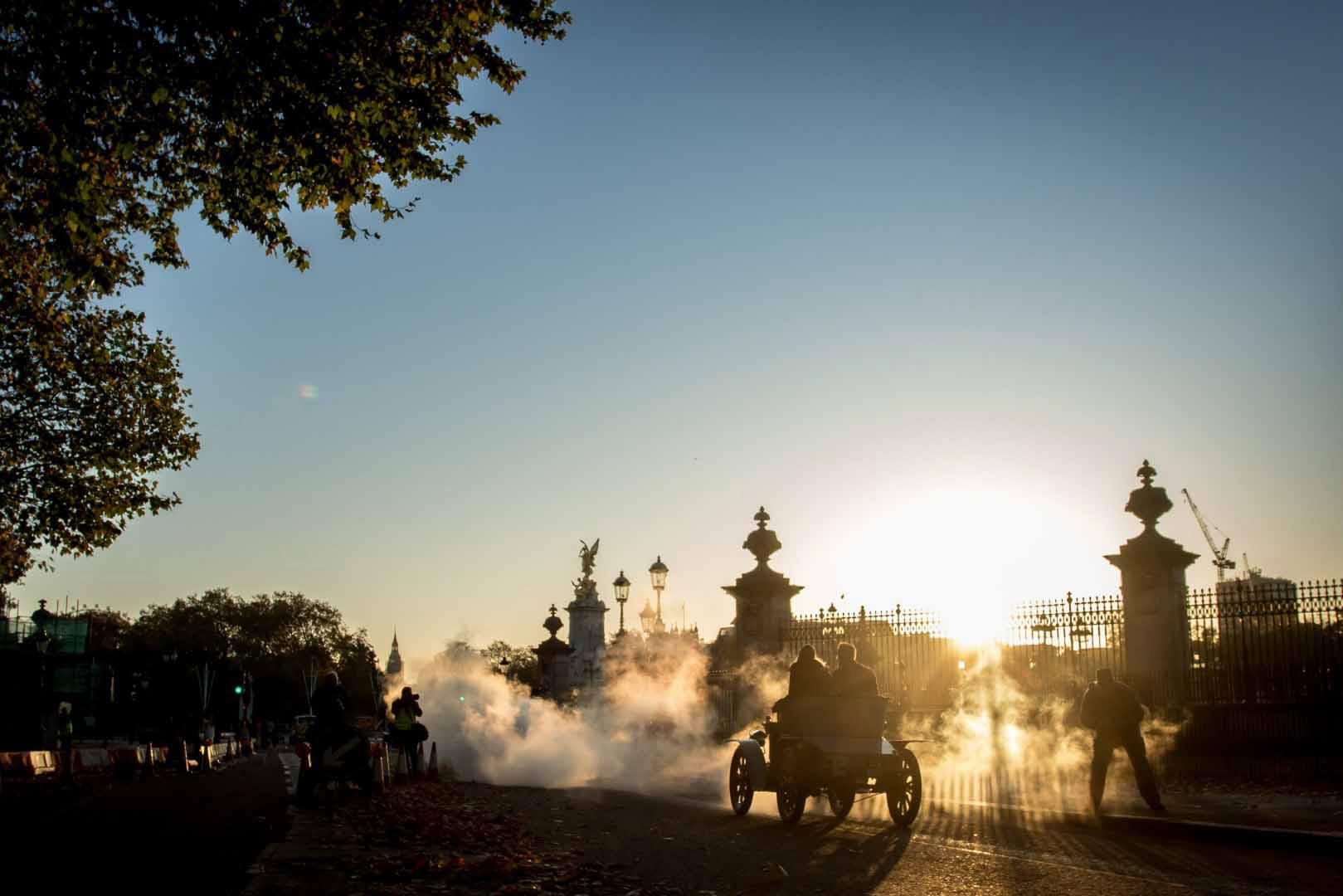
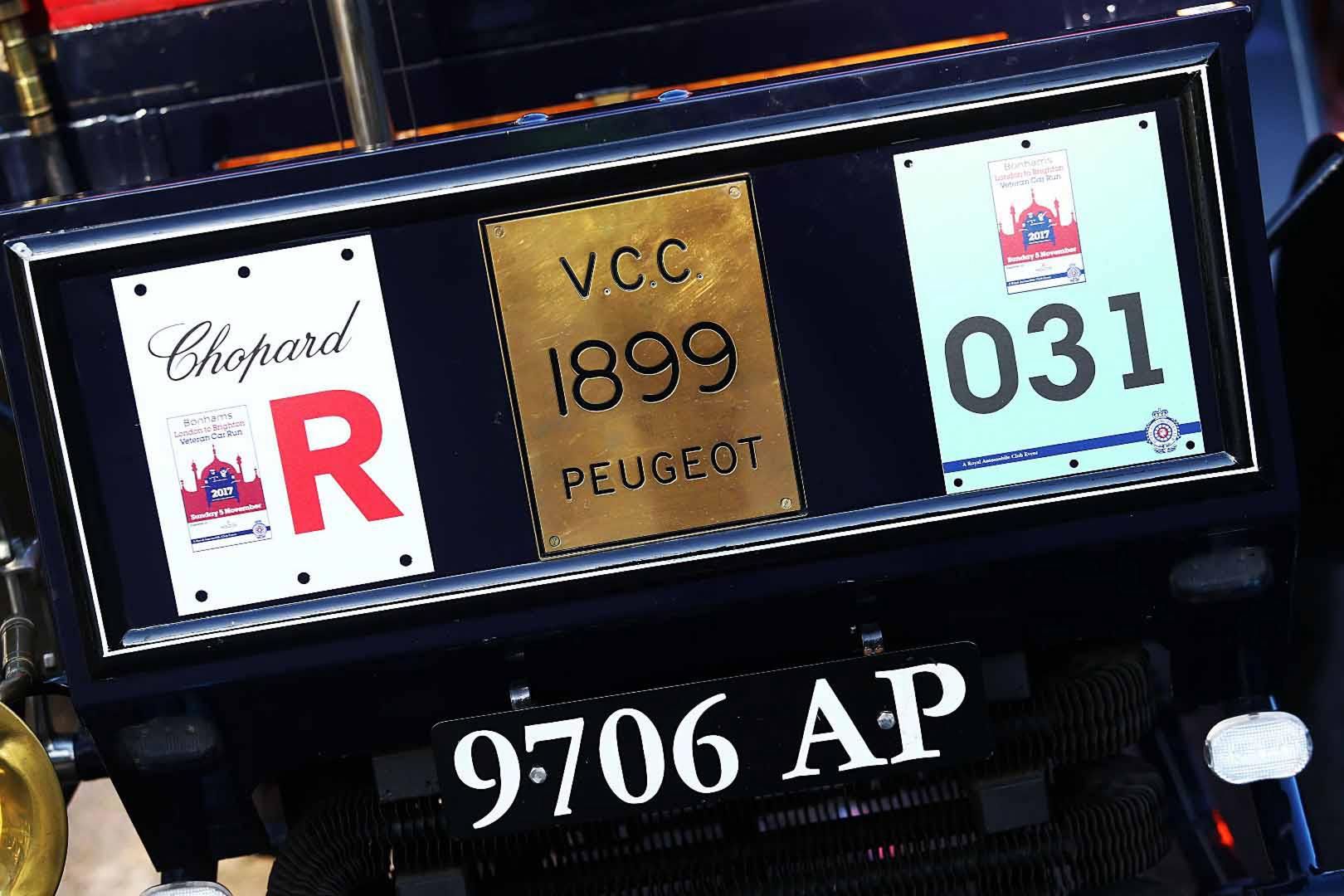
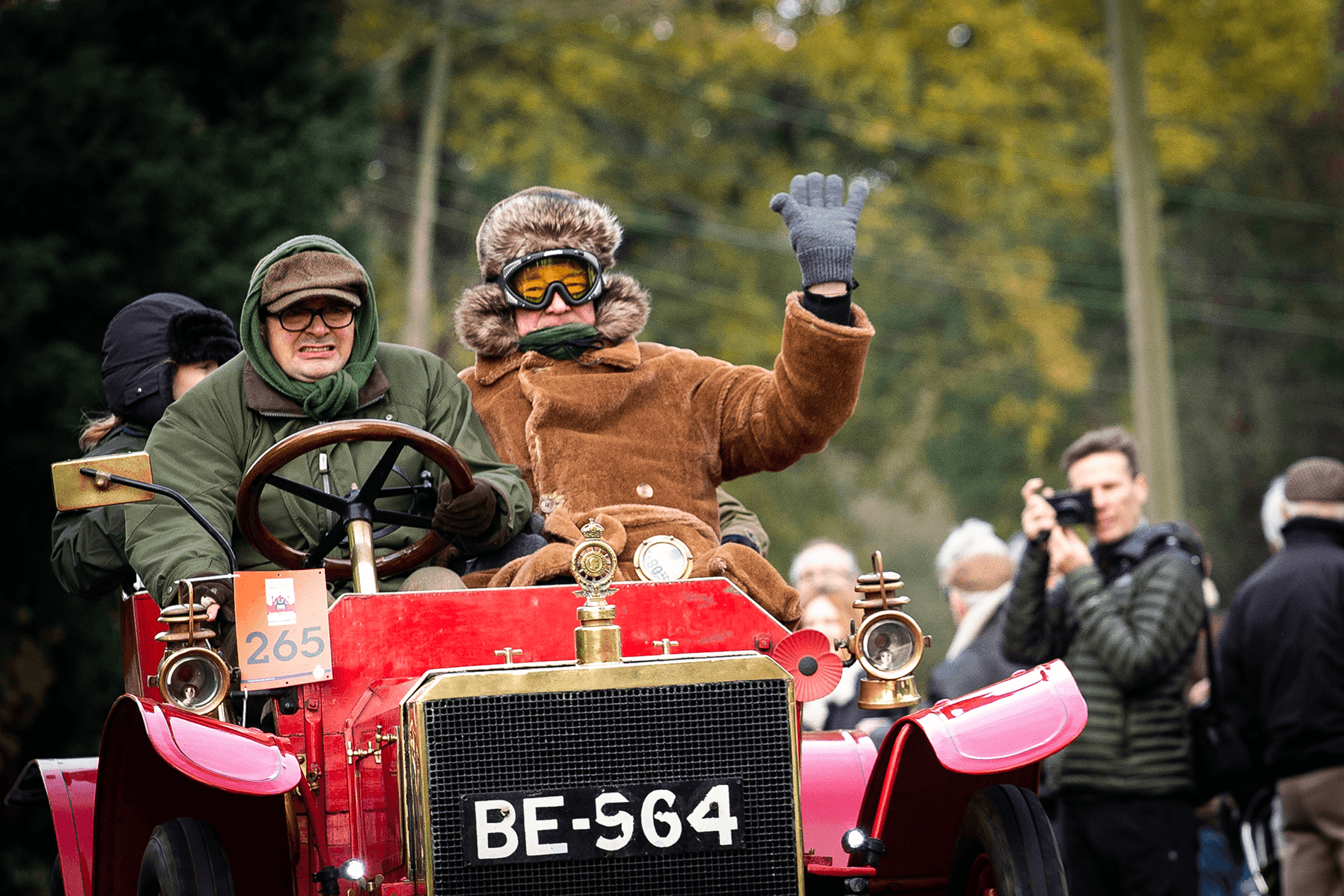
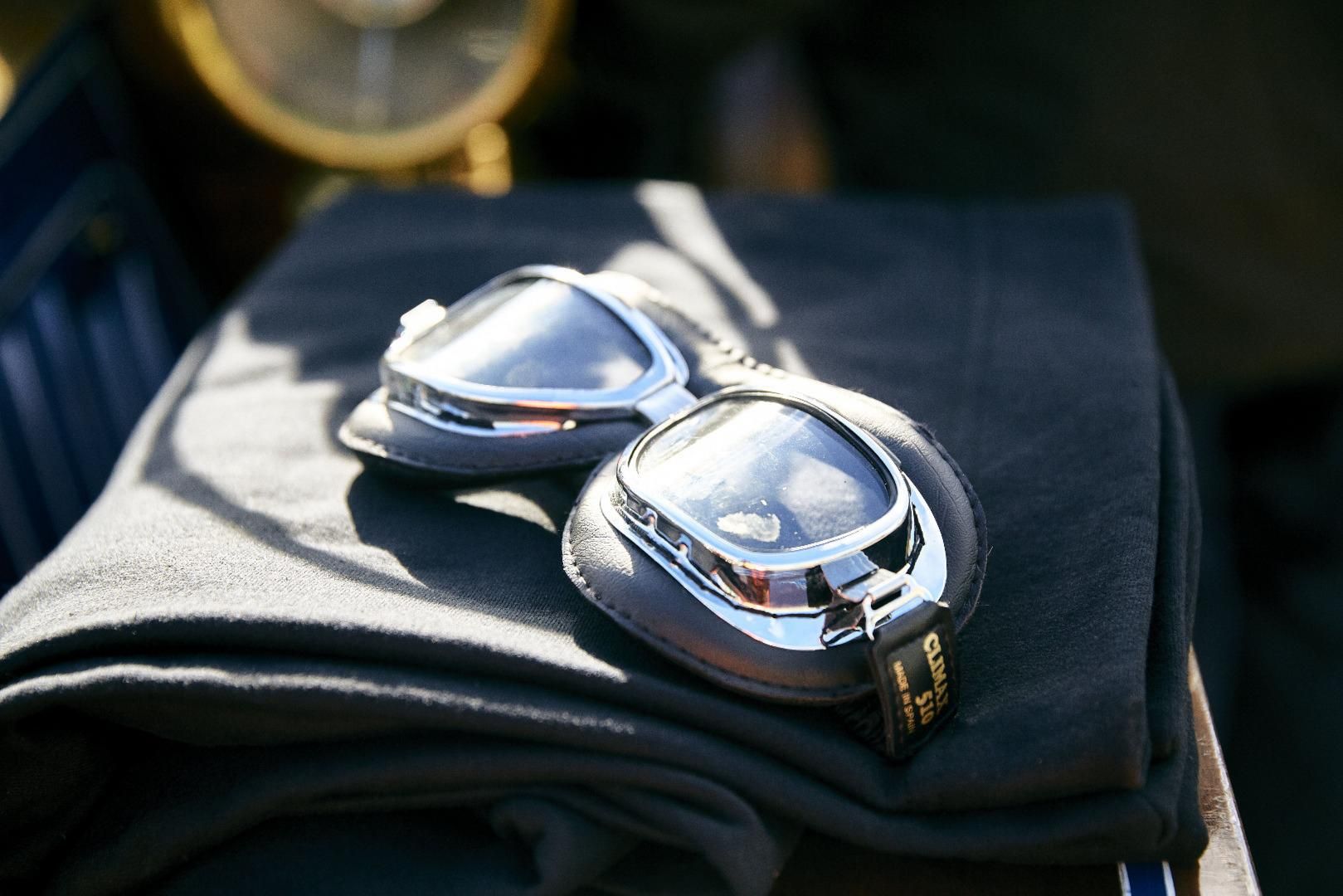
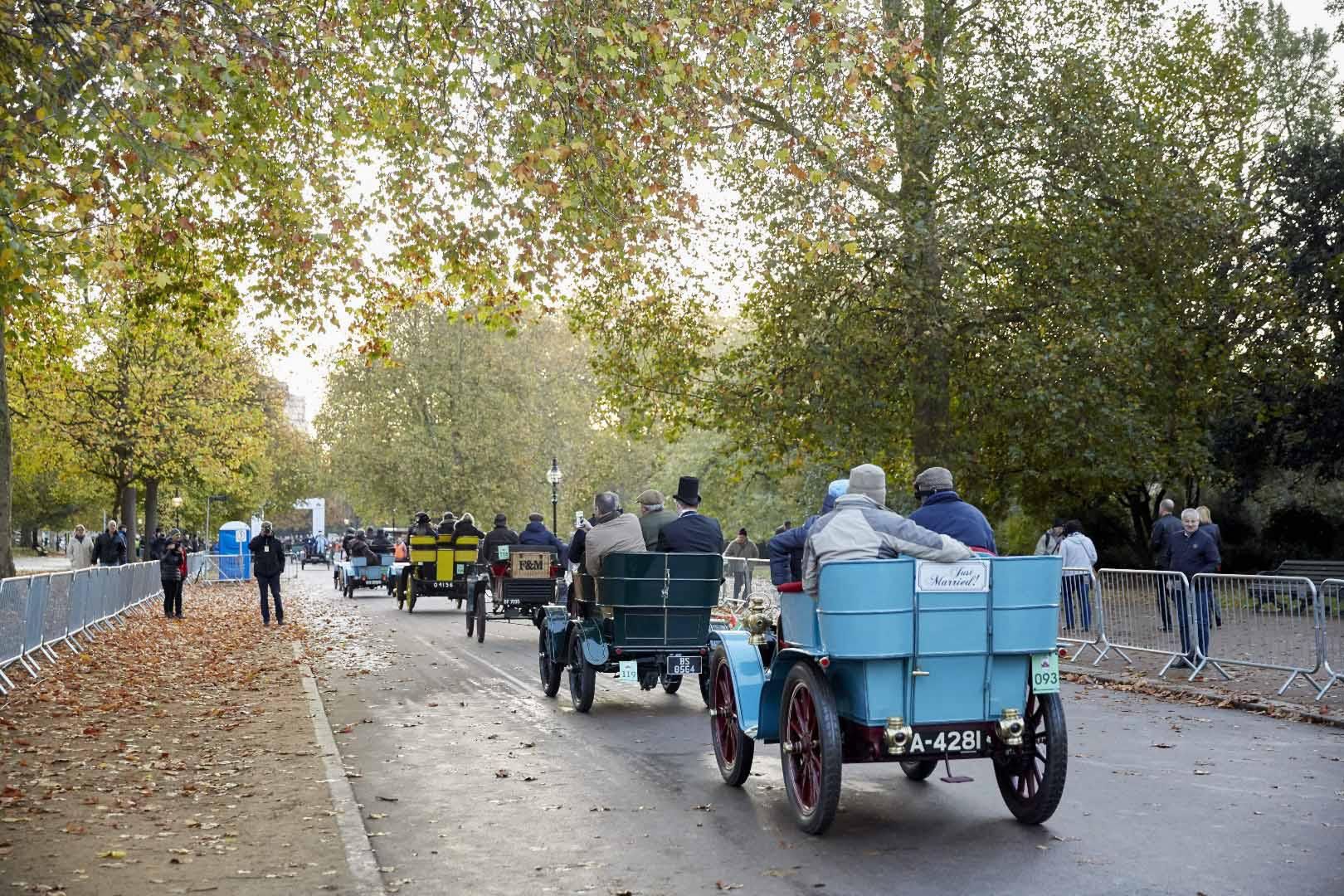
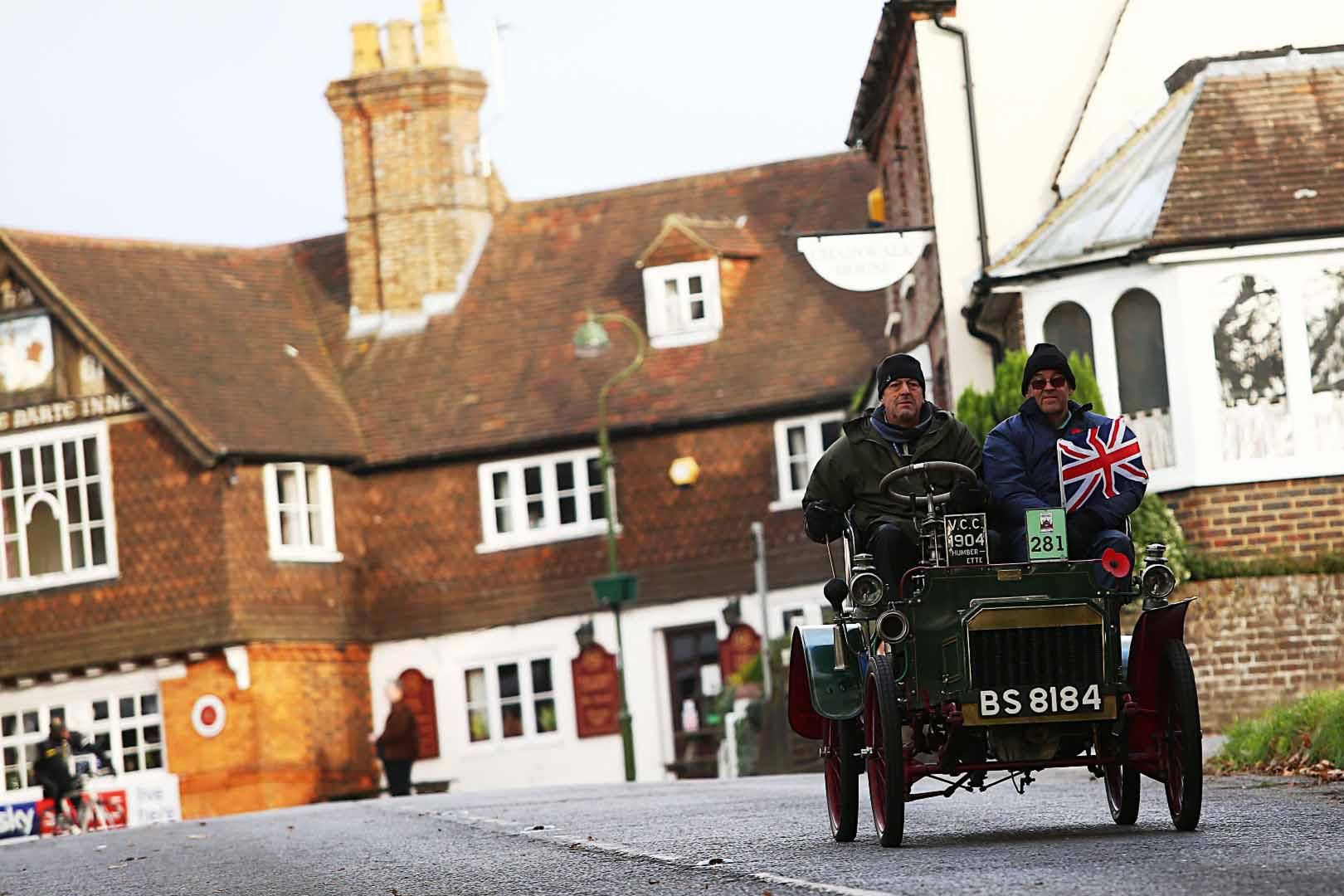
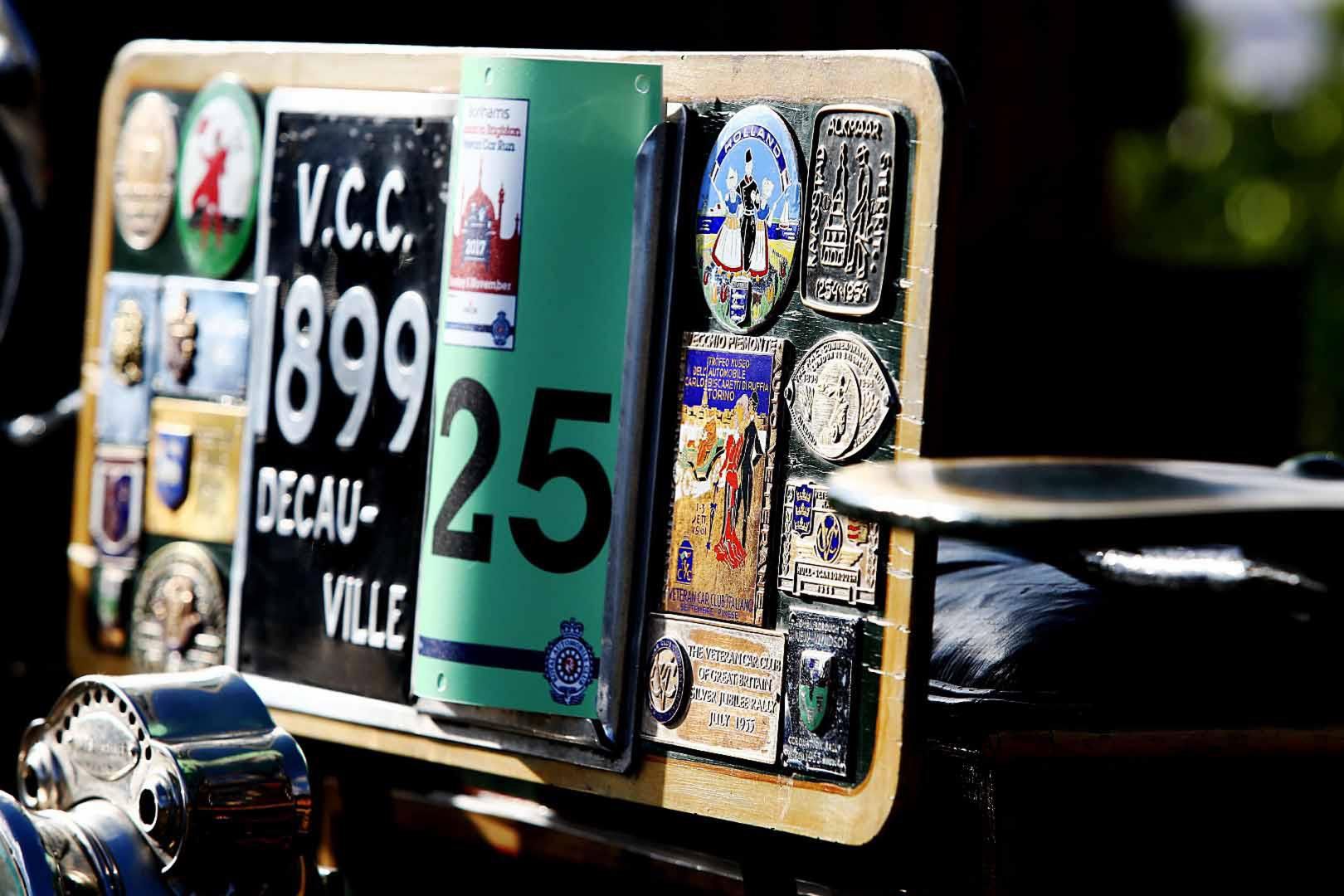
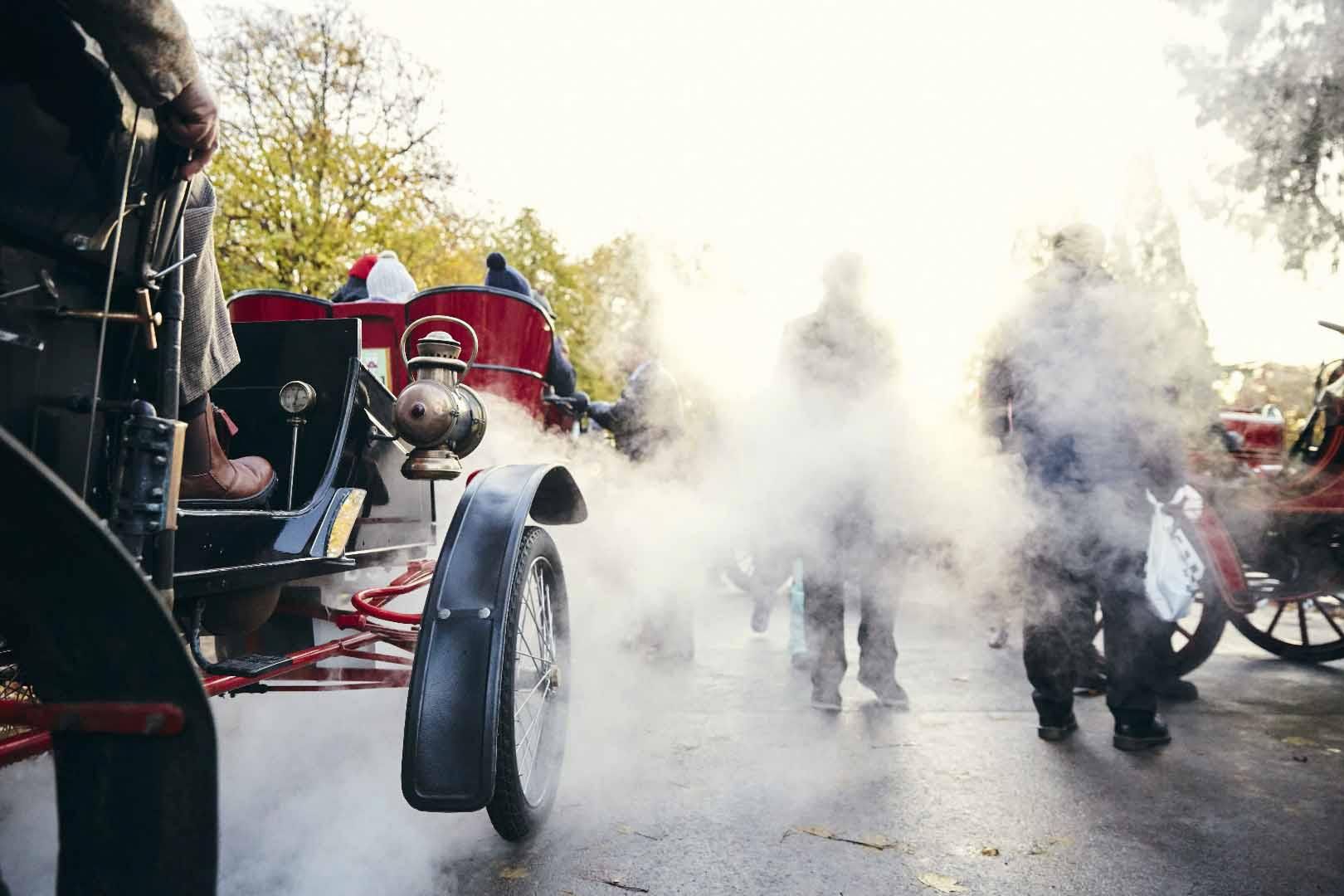
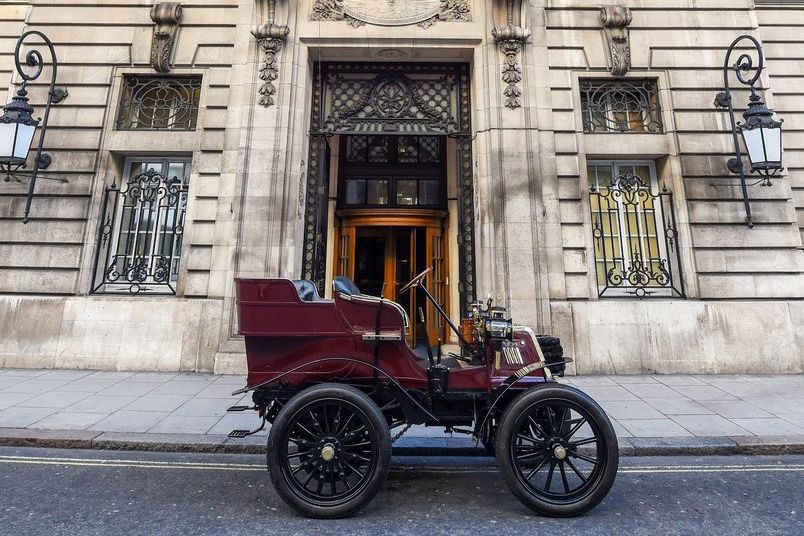
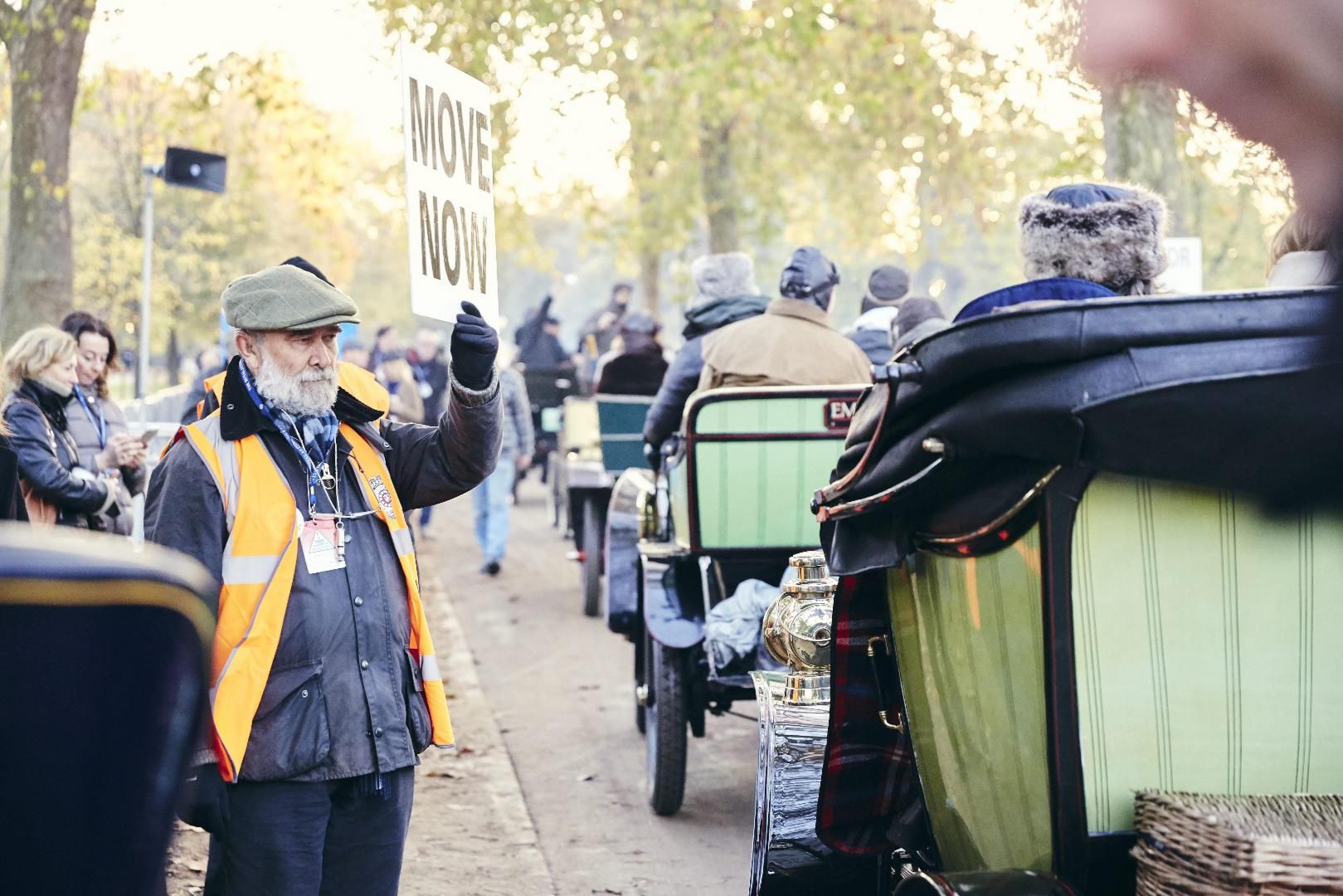
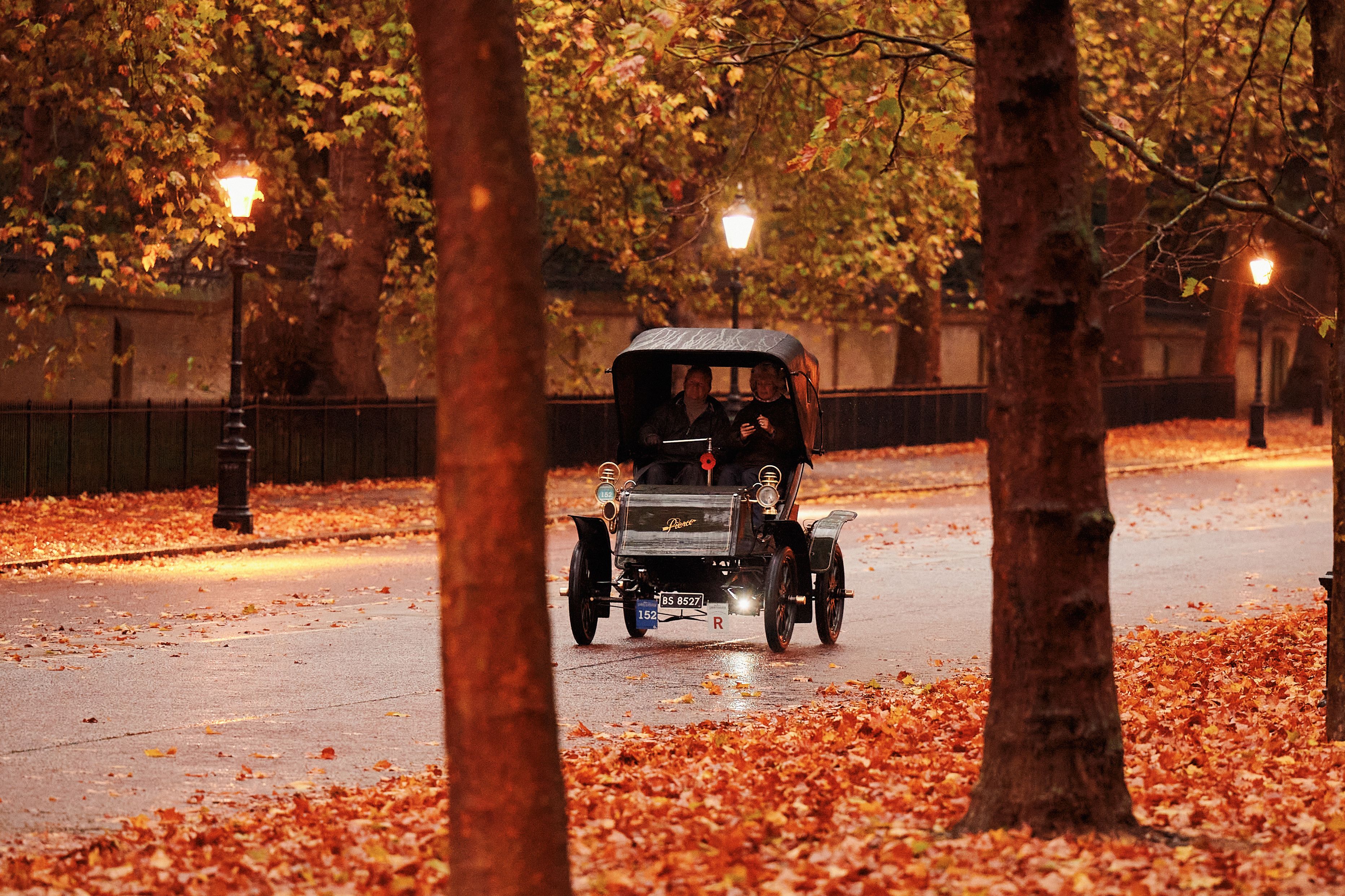
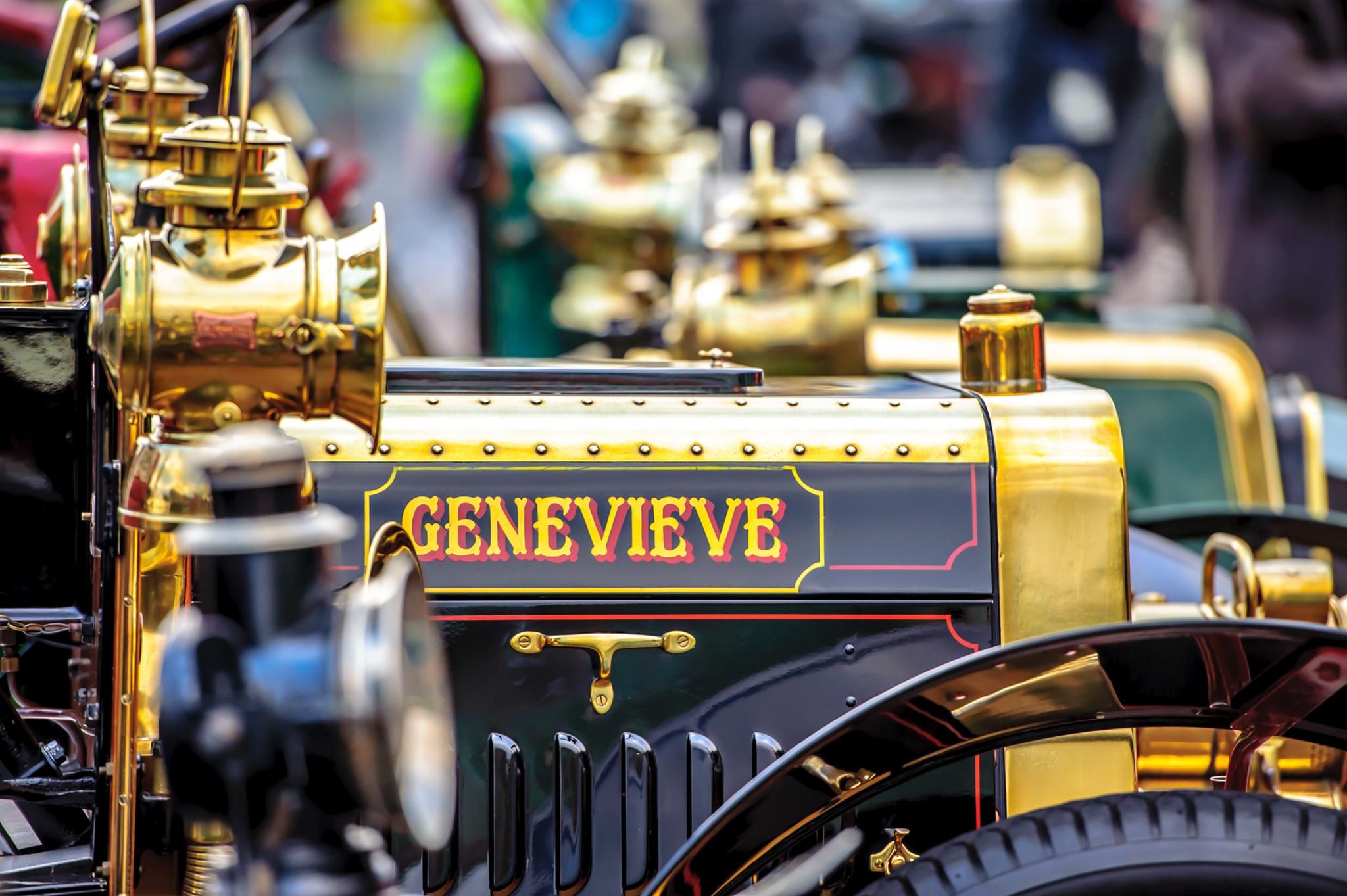
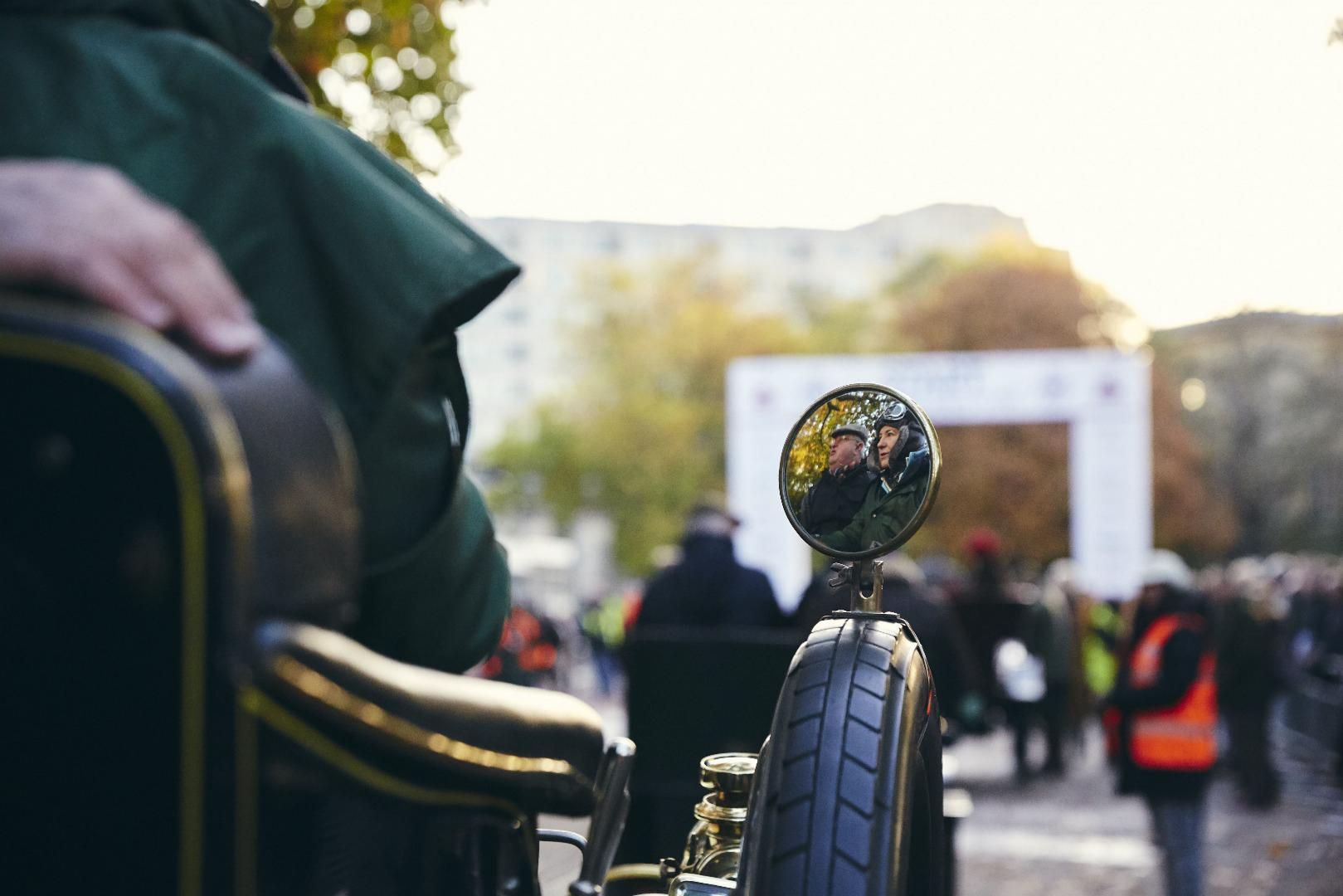
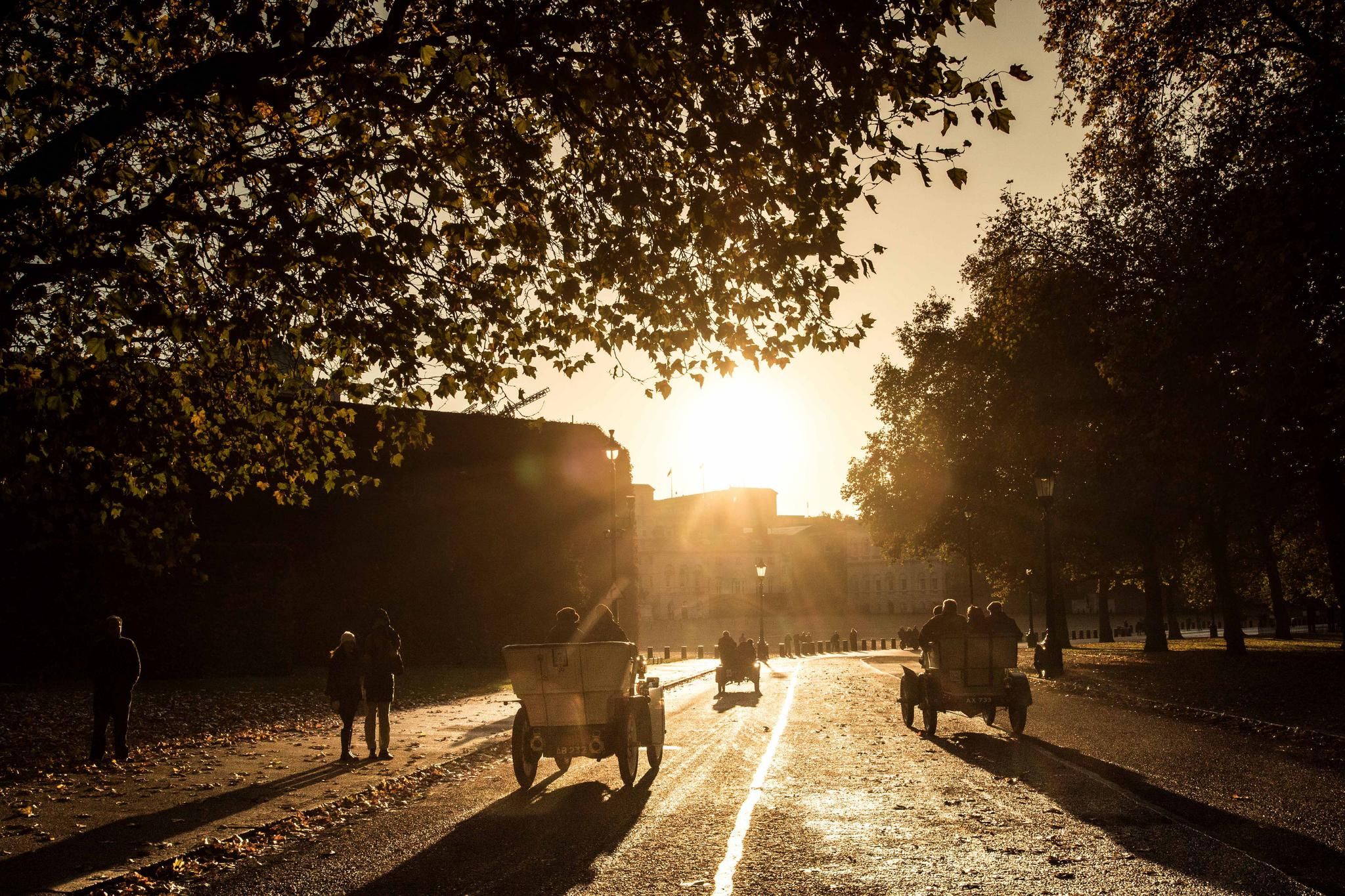
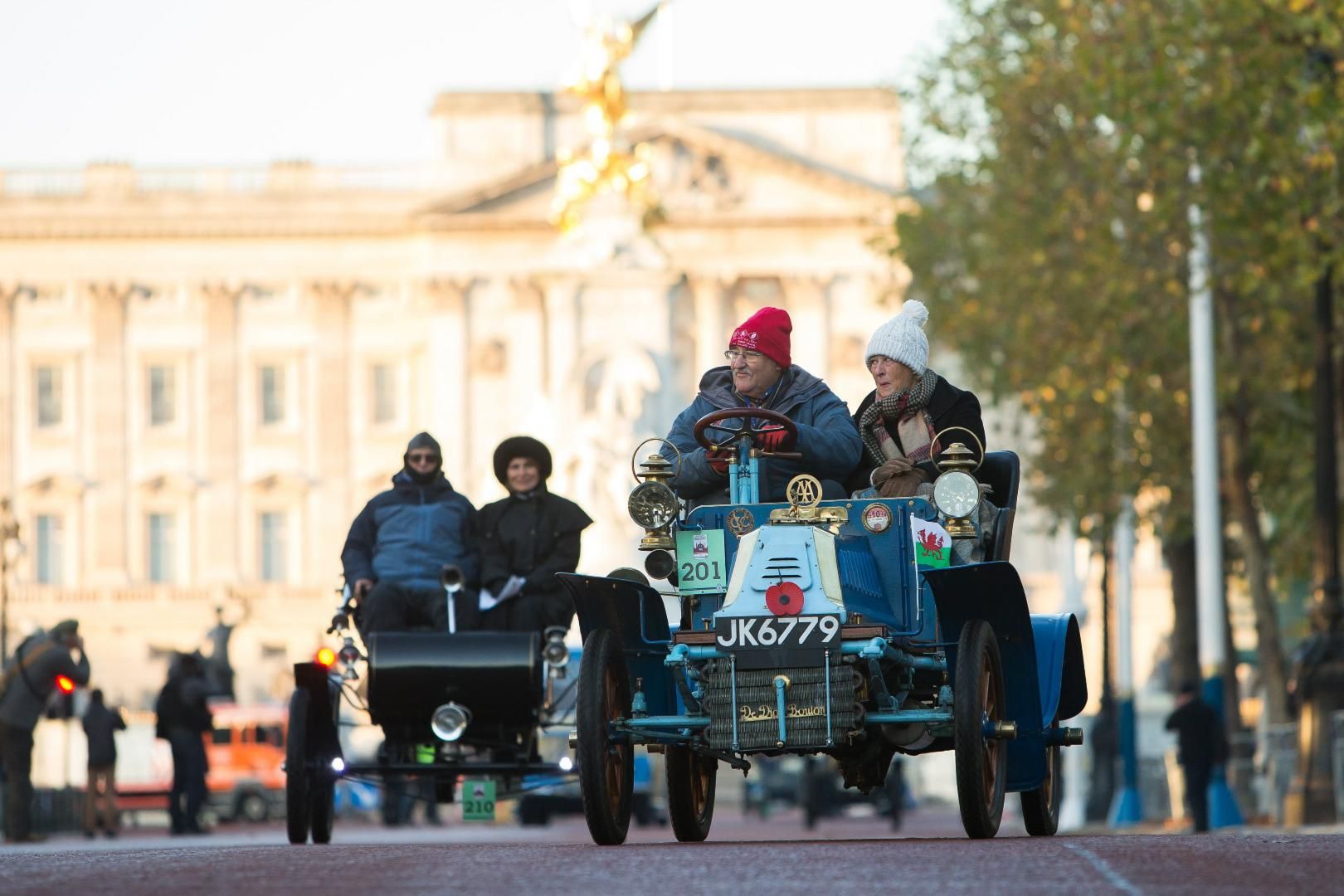
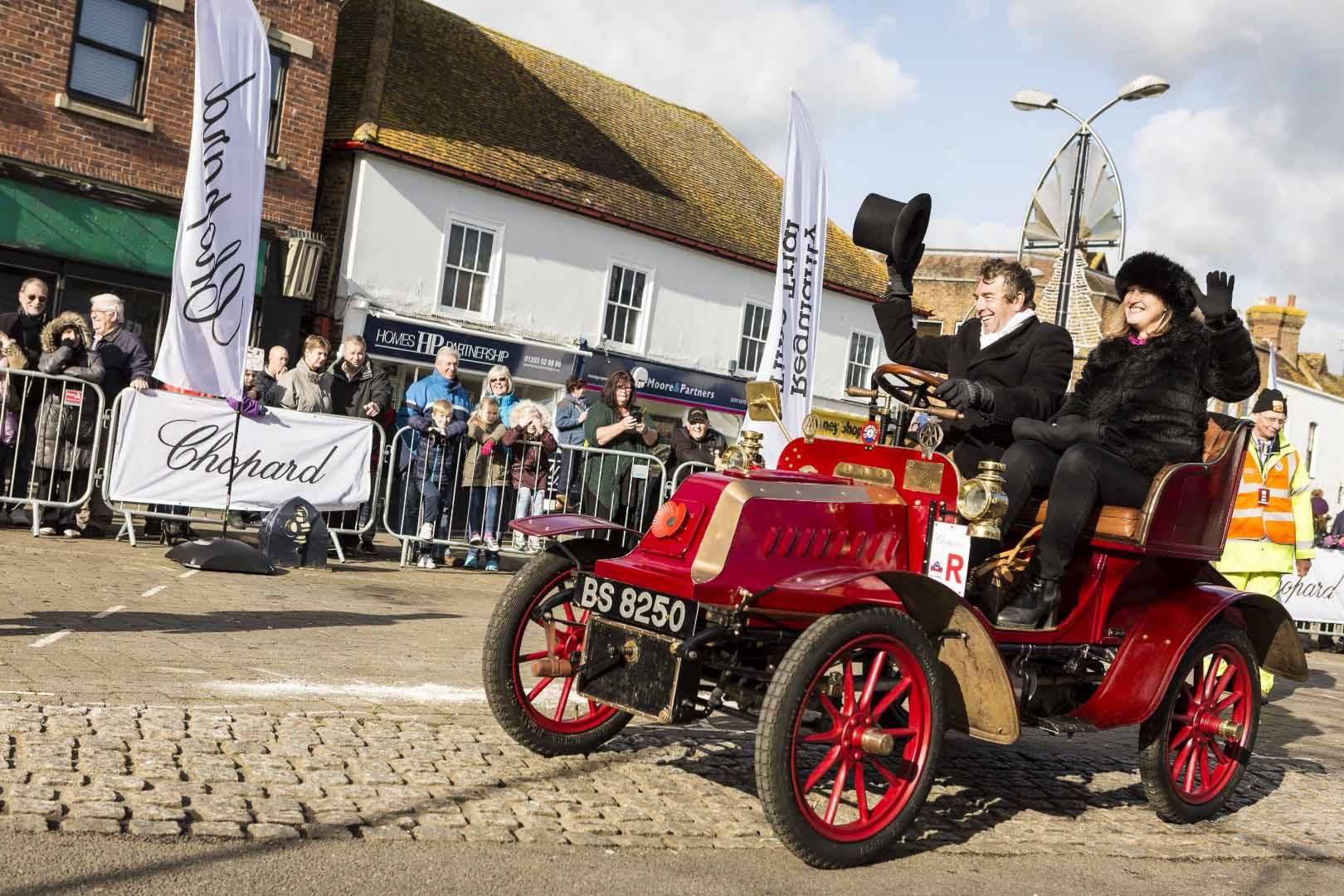
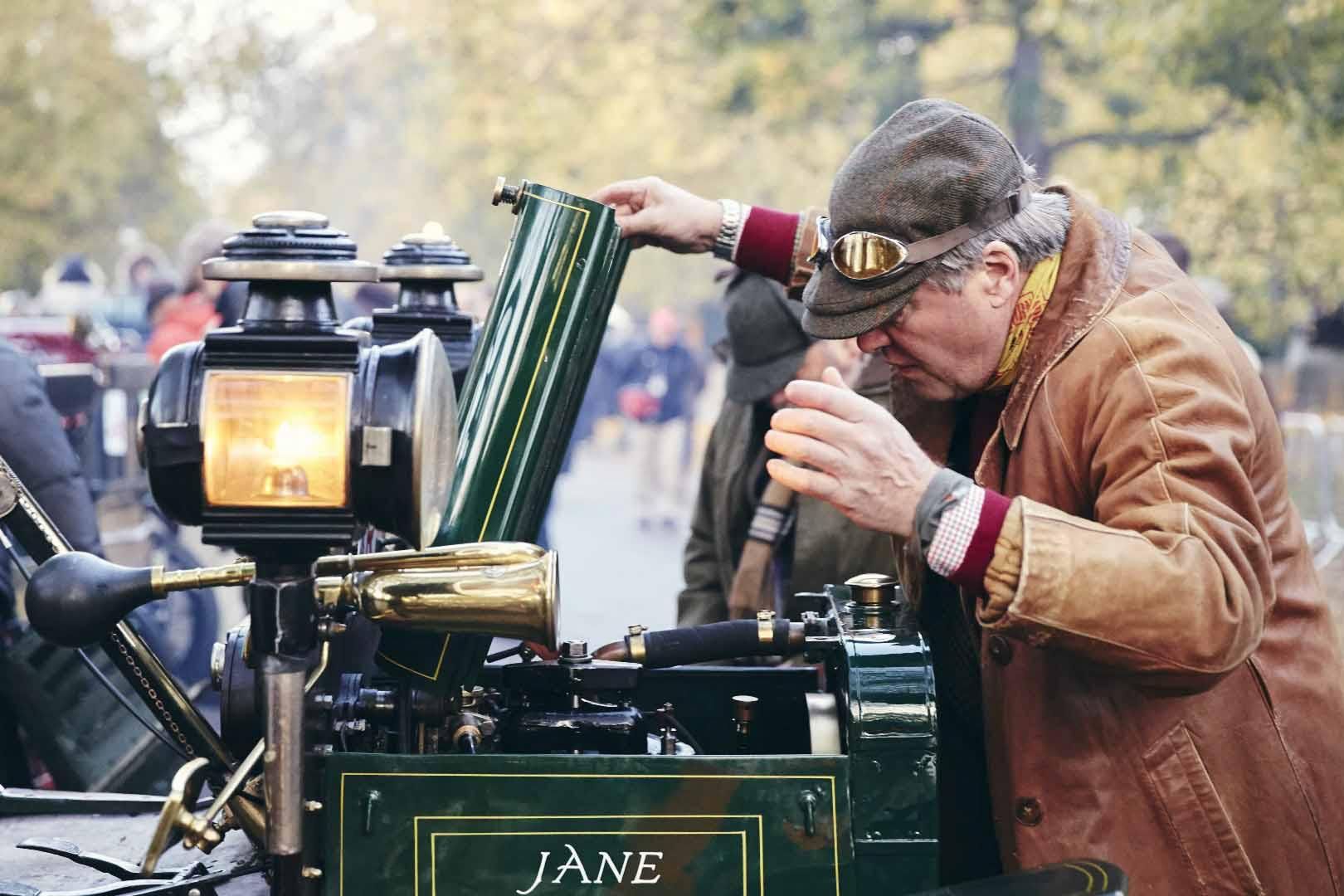
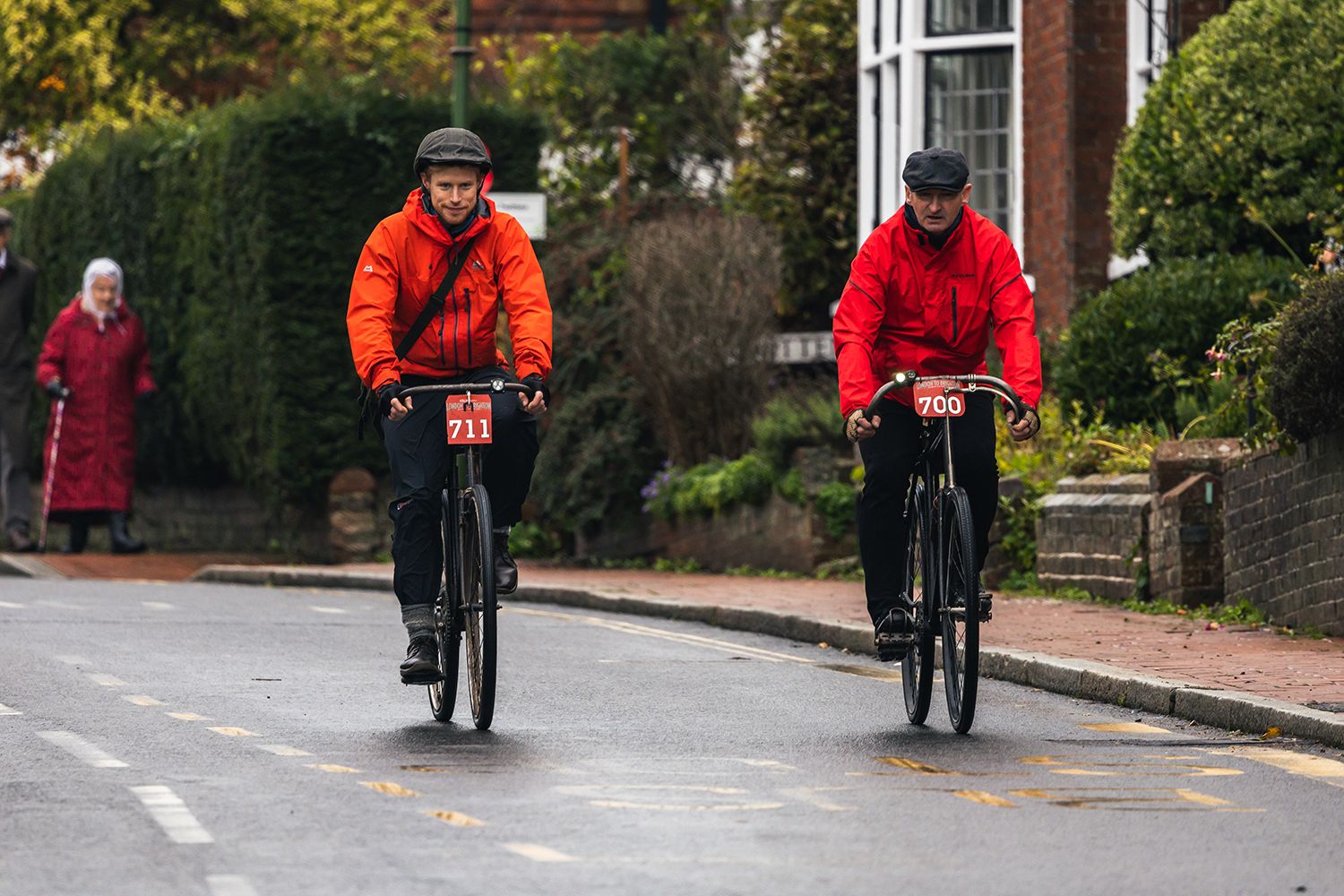
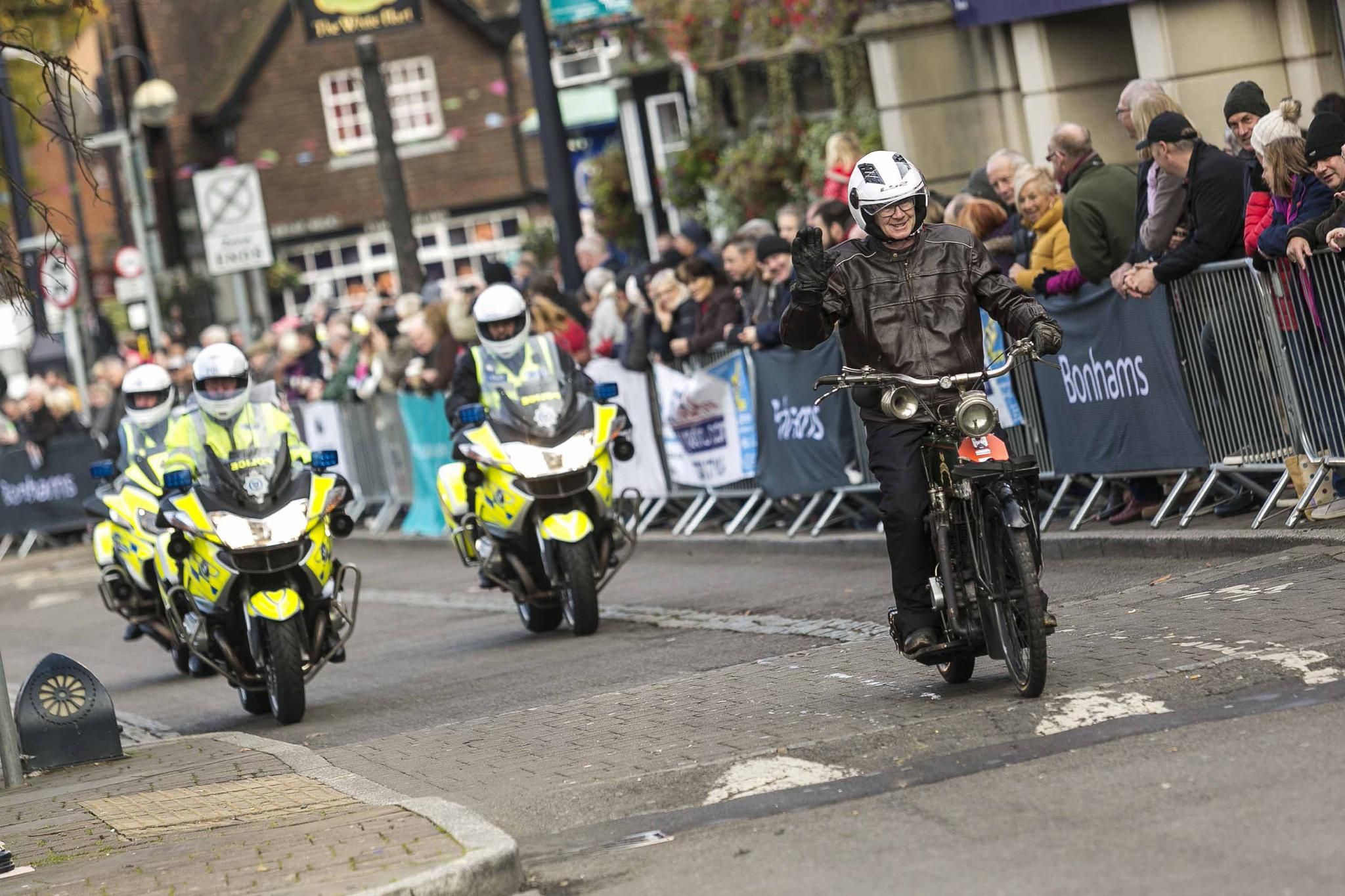

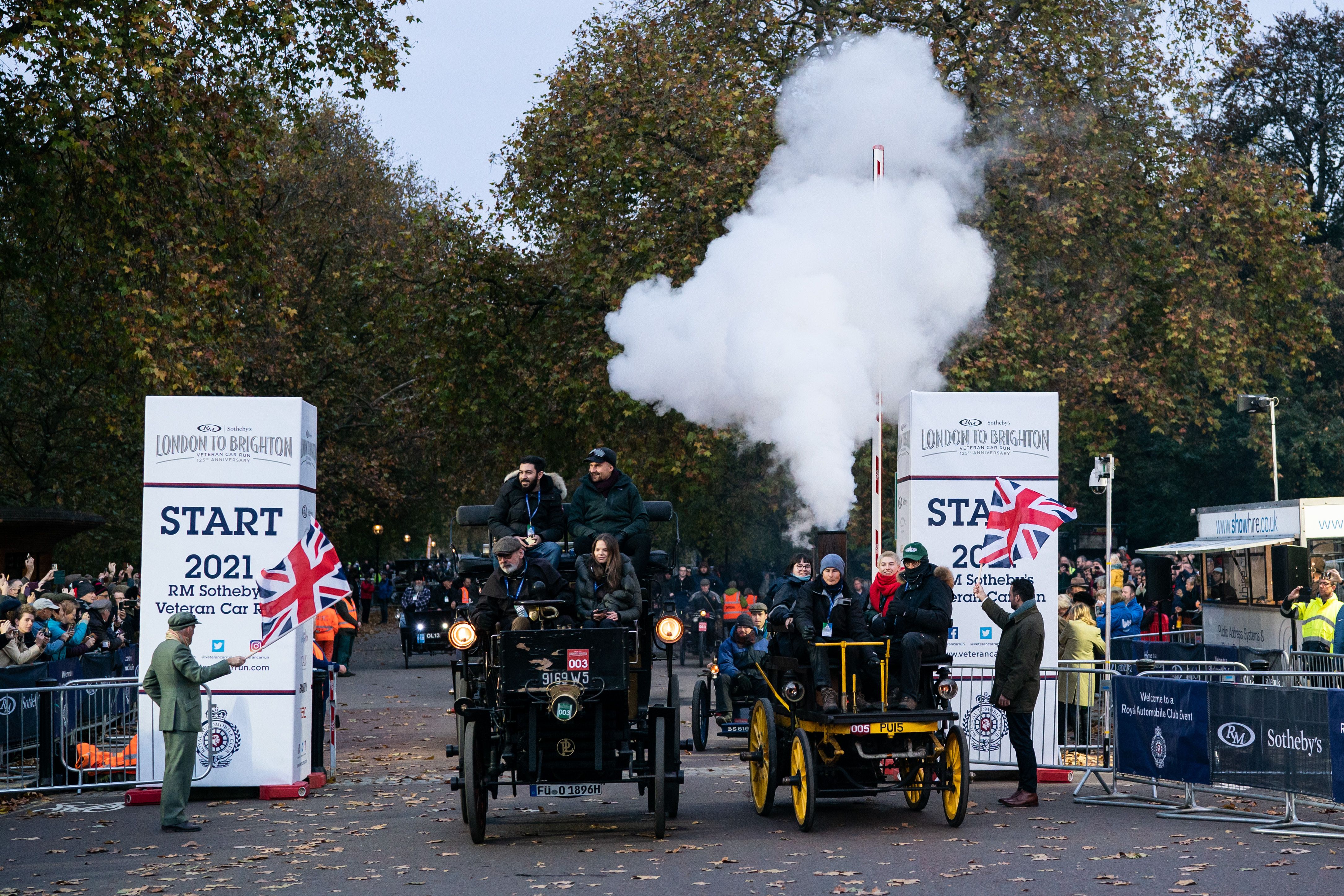
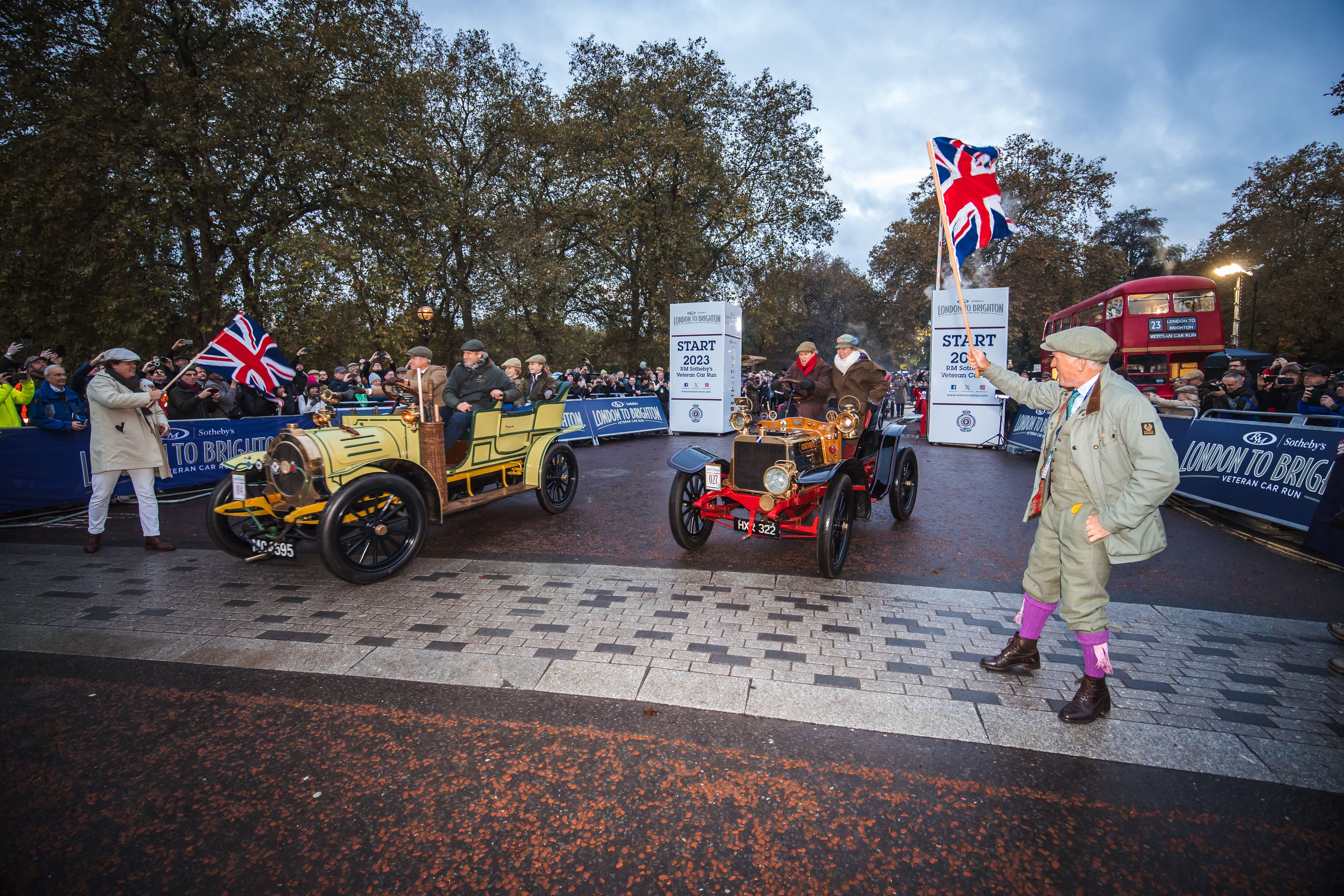




.resize-500x189.png)



